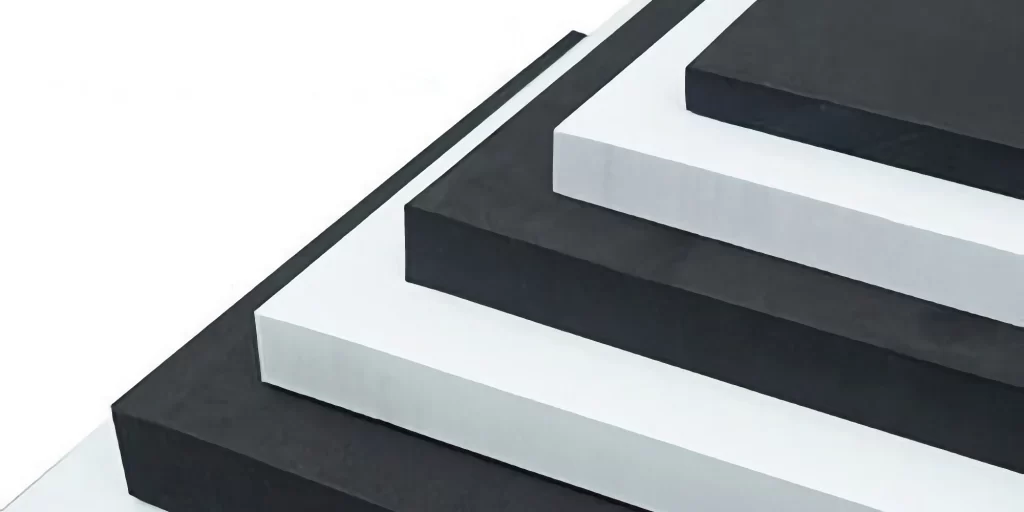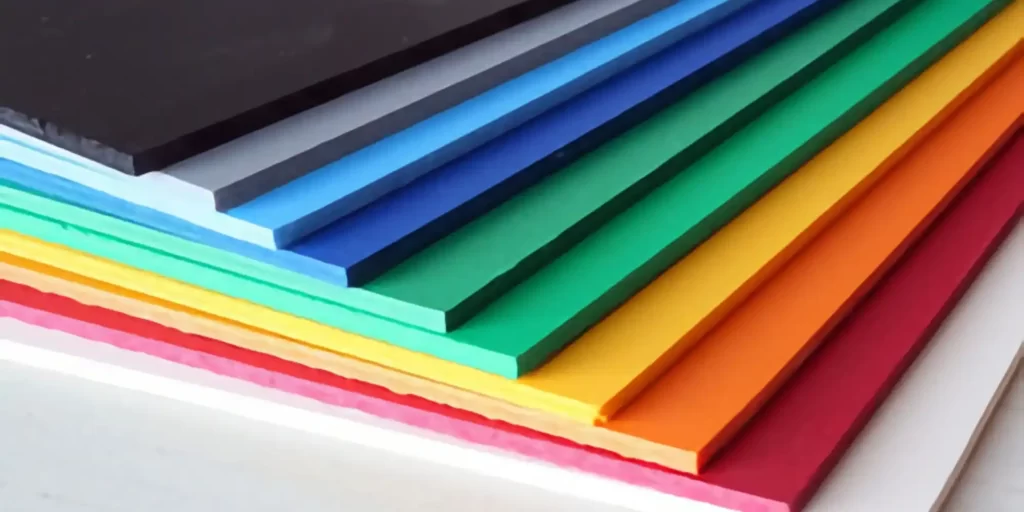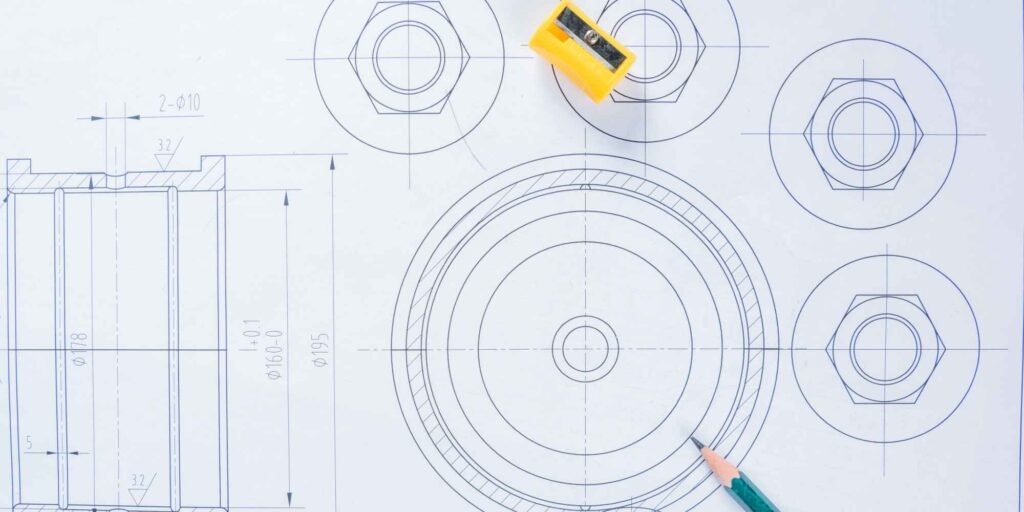Introduction:
Pipe insulation is crucial for maintaining the efficiency and longevity of piping systems in various applications. With the advancement in materials technology, EVA (Ethylene-Vinyl Acetate) foam has become a preferred choice for pipe insulation. This article provides an in-depth look at the benefits, applications, and frequently asked questions surrounding the use of EVA foam in pipe insulation products.
1. Understanding EVA Foam:
EVA foam is a closed-cell, flexible, and lightweight material known for its excellent thermal insulation properties. Its unique combination of softness, resilience, and temperature resistance makes it an ideal material for insulating pipes.
2. Why EVA Foam is Ideal for Pipe Insulation:
- Thermal Efficiency: EVA foam’s insulating properties help in maintaining the desired temperature in pipes, reducing energy consumption.
- Moisture Resistance: Being water-resistant, EVA foam prevents condensation on pipes, which can lead to corrosion or mold growth.
- Flexibility: EVA foam can be molded and cut into various shapes, making it suitable for pipes of different diameters and configurations.
- Durability: EVA foam is resistant to chemicals and UV radiation, ensuring that the insulation remains effective for years.
3. Applications of EVA Foam in Pipe Insulation:
- HVAC Systems: EVA foam insulation helps in maintaining the efficiency of heating, ventilation, and air conditioning systems.
- Plumbing: For hot and cold water pipes, EVA foam insulation ensures consistent water temperature and prevents heat loss.
- Refrigeration: In cold storage and refrigeration units, EVA foam insulation prevents frost formation on pipes.
- Industrial Processes: In industries where temperature maintenance is crucial, EVA foam insulated pipes ensure process consistency.
4. Installation and Maintenance:
Installing EVA foam insulation on pipes is straightforward. The foam can be wrapped around the pipe and secured with adhesive or tapes. For maintenance, regular checks for any signs of wear or damage are recommended. Cleaning can be done using a damp cloth, and if needed, sections of the foam can be easily replaced.
FAQs:
- Q: How does EVA foam compare to other pipe insulation materials?
A: EVA foam offers superior flexibility, moisture resistance, and thermal efficiency compared to many traditional insulation materials, making it a top choice for various applications. - Q: Can EVA foam insulation be used for outdoor pipes?
A: Yes, EVA foam’s resistance to UV radiation and environmental factors makes it suitable for outdoor use. - Q: Is EVA foam pipe insulation fire-resistant?
A: While EVA foam is not inherently fireproof, it can be treated with fire retardants to enhance its fire resistance. - Q: How long does EVA foam pipe insulation last?
A: With proper installation and maintenance, EVA foam insulation can last for several years, providing consistent thermal protection.
Conclusion:
EVA foam’s unique properties make it a standout choice for pipe insulation in a wide range of applications. Whether it’s for residential plumbing, industrial processes, or HVAC systems, EVA foam insulation ensures optimal performance, energy efficiency, and longevity. As the demand for efficient and sustainable insulation solutions grows, EVA foam continues to solidify its position as a go-to material in the world of pipe insulation.






